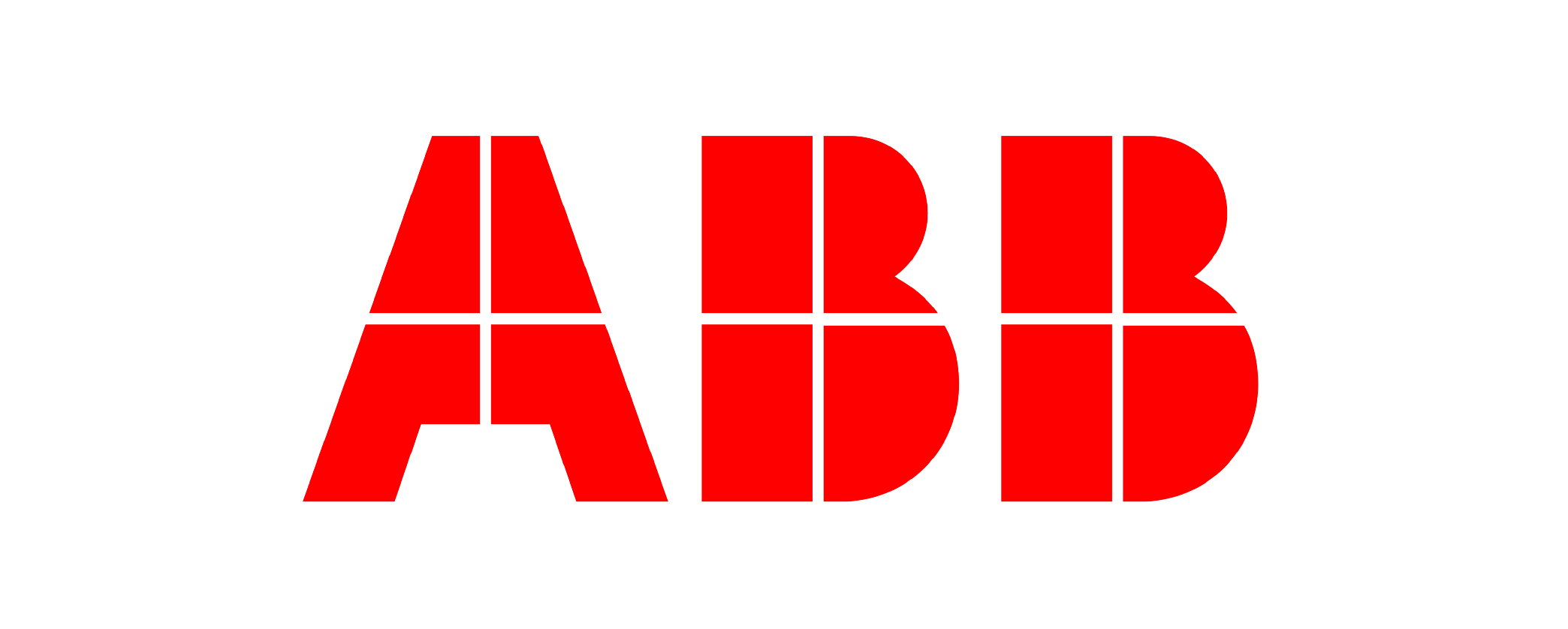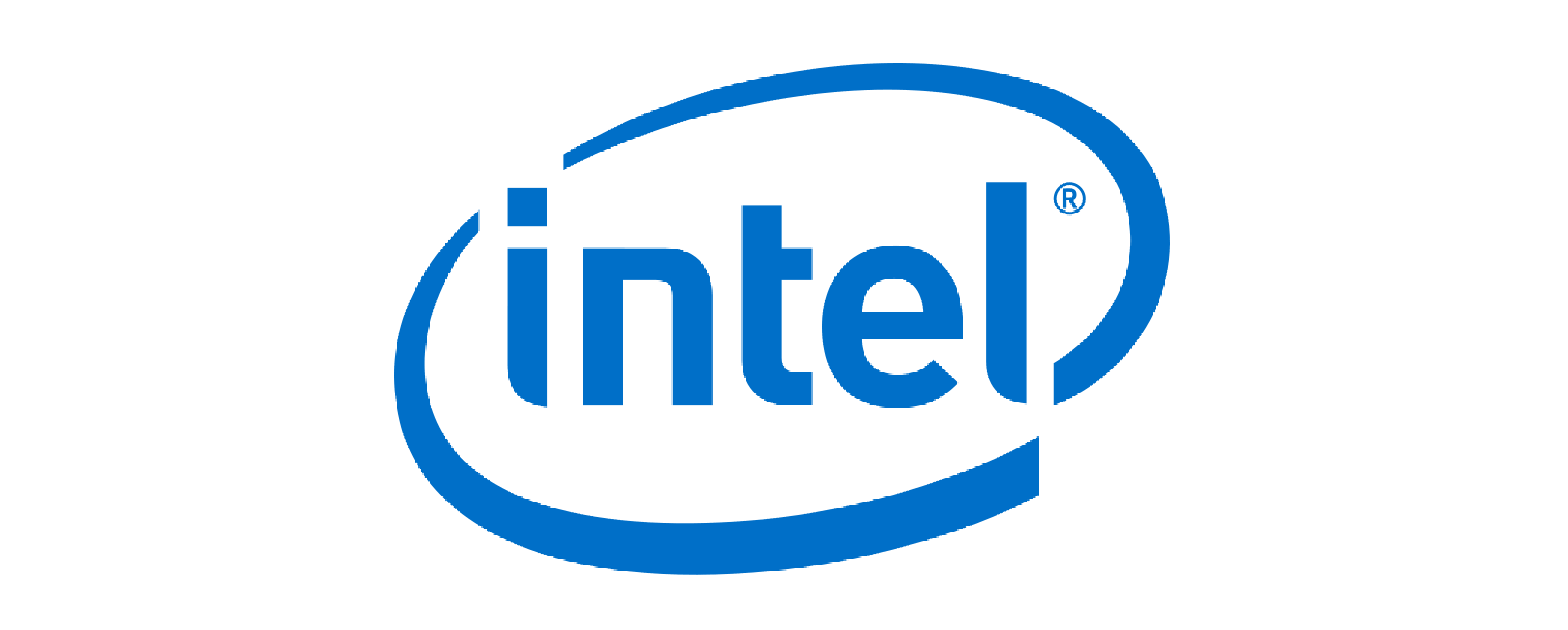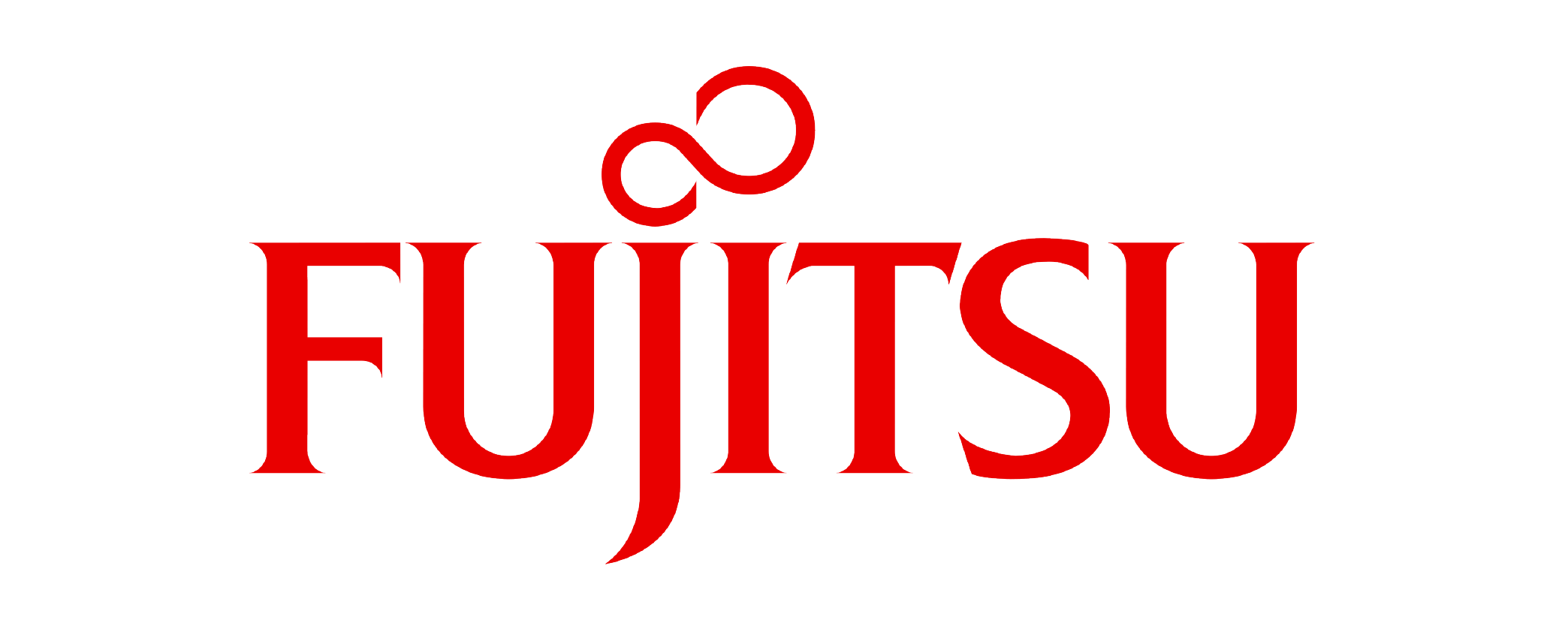The global Brazilian Jiu-Jitsu Market size was valued at USD 500 Million in 2025 and is projected to expand at a compound annual growth rate (CAGR) of 15% during the forecast period, reaching a value of USD 1200 Million by 2032.
The "Brazilian Jiu-Jitsu Market Research Report" from Future Data Stats delivers an in-depth and insightful analysis of the market landscape, drawing on extensive historical data from 2021 to 2023 to illuminate key trends and growth patterns. Establishing 2024 as a pivotal baseline year, this report meticulously explores consumer behaviors, competitive dynamics, and regulatory influences that are shaping the industry. Beyond mere data analysis, it offers a robust forecast for the years 2025 to 2033, harnessing advanced analytical techniques to chart a clear growth trajectory. By identifying emerging opportunities and anticipating potential challenges, this report equips stakeholders with invaluable insights, empowering them to navigate the ever-evolving market landscape with confidence and strategic foresight.
MARKET OVERVIEW:
The Brazilian Jiu-Jitsu market primarily supports the growing demand for martial arts training, gear, and services tailored to practitioners of all skill levels. It serves as a platform for individuals, gyms, and institutions to access specialized equipment, apparel, and instructional content that enhances both recreational and competitive BJJ experiences. This market also plays a key role in expanding the sport’s cultural and global footprint by enabling tournaments, academies, and brand collaborations. Its purpose extends beyond combat—fostering discipline, fitness, community, and personal growth through structured training and professional development opportunities.
MARKET DYNAMICS:
The Brazilian Jiu-Jitsu market continues to evolve with rising interest in hybrid training formats, including online instruction paired with in-gym practice. Brands now focus on producing lightweight, performance-oriented gear with moisture-wicking fabrics and sustainable materials. The growing visibility of BJJ in MMA promotions and social media has pushed demand for premium instructional content, personalized coaching, and athlete-endorsed merchandise. Upcoming trends suggest a broader business scope as more fitness centers and schools integrate BJJ into their programs. Custom-fit wearables, recovery tools, and AI-powered training apps are also entering the scene, offering tech-driven support for performance tracking. As regional tournaments expand and more youth programs emerge, the market is set to attract partnerships from health, education, and wellness sectors.
Many practitioners appreciate the discipline's emphasis on technique and strategy, making it appealing to a diverse audience. The rise of social media and digital platforms has further fueled interest, as enthusiasts share their training journeys and success stories. Additionally, the increasing number of competitions and events attracts more participants, creating a vibrant community that fosters growth. Despite its growth, the BJJ market faces challenges such as the high cost of training and equipment, which can deter newcomers. Limited access to quality instructors in certain regions also poses a barrier. However, these challenges present opportunities for innovation and expansion. Gyms can develop flexible pricing models and online training programs to reach a broader audience. As interest in wellness and martial arts continues to rise, BJJ can capitalize on partnerships with fitness centers and schools, creating a more accessible path for potential practitioners.
BRAZILIAN JIU-JITSU MARKET SEGMENTATION ANALYSIS
BY TYPE:
Consumers continue to favor the Gi format due to its structured rules and traditional roots. Many academies prioritize this style during training, as it builds foundational grip control and technical discipline. Gi tournaments also maintain global recognition, attracting large participation numbers in both amateur and pro categories. Brands investing in durable, high-quality Gis with aesthetic appeal drive recurring demand in this space. Additionally, Gi-based techniques appeal to parents enrolling their children for skill-based learning over aggression-driven formats. As a result, Gi training remains central in most academy curriculums. Martial arts schools structure belt promotions more rigidly under Gi training, which encourages longer student retention. Instructors often favor the Gi for beginners due to its friction and control, reducing injury risks. Many governing bodies still host Gi-exclusive tournaments, which further sustains its importance. As international federations set clearer standards for Gi matches, more organizations align their teaching models accordingly. With influencers and world champions frequently appearing in Gi competitions, aspirants tend to follow suit. This legacy-based continuity helps the Gi segment stay deeply rooted across markets. The design and materials of the Gi uniform now evolve faster, incorporating anti-shrink fabrics and moisture-resistant features. These innovations attract professionals and hobbyists seeking comfort without sacrificing tradition. Moreover, e-commerce platforms drive Gi-specific gear bundles, reinforcing its presence in the consumer mindset. Gi uniforms also symbolize rank and discipline, which creates emotional value, especially among youth. Sportswear collaborations introduce unique editions, enhancing the lifestyle appeal of Gi. This makes it not just a product of utility but also a cultural item within the community.
Academies that prioritize traditional values often build loyalty by emphasizing Gi training. These schools maintain structured sparring rules, which helps cultivate a safe and standardized environment. Insurance policies for martial arts programs also tend to favor Gi sessions, given their lower injury claims. Furthermore, Gi remains an essential entry point for children, with parents seeing it as more respectful and disciplined. This early engagement helps the Gi segment maintain a firm grip on the beginner market. Long-term practitioners who started with Gi often continue it alongside No-Gi, reinforcing cross-segment growth. Demand for customizable Gis surges as athletes personalize their kits for branding and sponsorship. Tournament circuits now spotlight unique designs, further encouraging this trend. Additionally, athletes often prepare differently for Gi events, adding specialized coaching to their training regimens. This demand boosts service-based ecosystems like Gi-specific seminars and video content. Manufacturers now cater to niche preferences like lightweight competition Gis or reinforced training Gis. These micro-segmentations reflect the maturity and richness of the Gi market. As Brazilian Jiu-Jitsu scales globally, many new academies first adopt the Gi format due to its instructional simplicity. International partnerships distribute Gi supplies to emerging regions, making the style accessible to underrepresented markets. This helps preserve the discipline's cultural roots while opening new economic channels. The Gi format fosters inclusive learning environments, which especially benefits mixed-gender and youth classes. Altogether, the segment remains critical to the global identity and pedagogical expansion of Brazilian Jiu-Jitsu.
BY APPLICATION:
Brazilian Jiu-Jitsu (BJJ) competitions are becoming more visible and profitable due to increased investment in professional leagues, prize money, sponsorships, and media deals. This has led to increased athlete motivation and career pathways, as well as the growth of premium gyms offering advanced coaching, video analysis, and physiotherapy. High-level tournaments also attract global participants, encouraging travel and cultural exchange. Streaming services and combat-sports networks have also increased the visibility of these competitions, attracting millions of viewers and building personal brands for influencer athletes. Training academies play a crucial role in BJJ growth worldwide, hosting regular classes, workshops, and belt testing events. Location accessibility influences academy success, with urban areas hosting premium gyms and suburban academies targeting families and school-age children. Referrals play a major role in sustaining membership numbers, especially in trust and safety.
The rise of female participation has reshaped academy environments, with more schools offering women-only classes or safety-driven curriculums. Fitness centers are increasingly integrating BJJ into their wellness offerings, catering to individuals seeking full-body workouts with functional strength, flexibility, and stress relief. BJJ adds diversity to a gym's class schedule, boosting member retention and promoting long-term engagement. In conclusion, the growth of BJJ is driven by various factors, including increased investment in professional leagues, increased demand for training academies, and the integration of BJJ into fitness centers' wellness offerings.
BY AGE GROUP:
Brazilian Jiu-Jitsu (BJJ) is gaining popularity among children due to its focus on discipline, self-confidence, and physical activity. Instructors create age-appropriate curriculums that balance fun with structured learning, emphasizing teamwork, respect, and resilience. BJJ serves as a preventive health and character-building activity, addressing childhood obesity and bullying concerns. Schools partner with BJJ academies to offer after-school programs, promoting community outreach and increasing enrollment. BJJ for children focuses on movement drills, balance, and coordination, with playful methods like games and obstacle courses. Subscription-based models and digital tools aid children's progress, building customer loyalty and increasing word-of-mouth promotion. BJJ also promotes inclusivity, welcoming students with learning differences or social anxieties.
Teenagers flock to BJJ for its physical challenge, personal empowerment, and competitive outlets, preparing them for self-defense and competition. Many schools now count BJJ as part of physical education or extracurricular credits, enhancing its status as a mainstream developmental tool for youth. Adults form the largest consumer group in Brazilian Jiu-Jitsu, drawn by fitness benefits, mental discipline, and stress relief.
BY GENDER:
The male segment continues to evolve as more men engage with wellness and combat sports simultaneously. Most academies offer male-focused programs with higher intensity levels, competition preparation, and advanced technical training. Gyms cater to this segment through robust belt promotion systems, challenge matches, and rank progression that appeal to goal-oriented men. Many brands also use masculine themes and aggressive marketing to appeal to male identities—highlighting discipline, dominance, and mastery. Influencer athletes and BJJ icons play a major role in attracting new male participants through their public personas and instructional platforms. Male athletes also drive innovation in training tools, such as resistance bands, grip trainers, and grappling dummies designed for high-frequency use. Seminars, open mats, and training camps further strengthen these networks, encouraging long-term dedication and club allegiance. Some male groups even travel internationally to train under famous professors, supporting martial arts tourism. Many male practitioners launch their own BJJ apparel brands, YouTube channels, and online academies. The market continues to thrive as long as BJJ remains a core vehicle for male identity development, self-improvement, and personal achievement. Female: Women increasingly shape the future of Brazilian Jiu-Jitsu, both on and off the mat. While historically underrepresented, female participation has surged due to increased focus on inclusivity, empowerment, and self-defense. BJJ offers a strategic, leverage-based system that neutralizes size and strength disparities—making it ideal for women seeking effective real-world protection and fitness. This transformation brings diversity to a previously male-dominated space. Many academies now offer women-only classes to address comfort, safety, and community-building.
Female-led seminars and instructors further encourage participation by serving as relatable role models. This visibility motivates brands to design female-specific gear—such as tapered Gis, flexible waistbands, and supportive rash guards. Gyms enhance retention by fostering female mentorship, social events, and fitness-focused BJJ programs. Digital platforms empower female practitioners to share stories, techniques, and personal transformations. Online communities and virtual training programs allow women in remote or conservative areas to access BJJ education discreetly. Influencers and vloggers spread awareness about the benefits of training, debunk myths, and help foster a global network of empowered women in martial arts. The female segment also plays a crucial role in shaping the culture of respect and inclusivity within BJJ. Brands and academies that invest in this segment—not as an add-on but as a core market—see long-term loyalty and positive community impact. As gender equality progresses, female-driven growth will remain a major market catalyst. Unisex: Unisex participation represents the inclusive core of Brazilian Jiu-Jitsu, where skill, respect, and discipline outweigh physical differences. Most BJJ classes operate under a unisex model, bringing together individuals of all genders to train side-by-side.
The unisex segment represents both a practical and philosophical foundation for the art`s growth. In unisex settings, practitioners spar, drill, and progress based on merit rather than gender. Mixed-gender training also helps participants understand different movement dynamics, enhancing adaptability in real-life defense situations. Equipment brands design many of their products with a unisex approach—offering adjustable fits, neutral colors, and inclusive marketing. Unisex Gis, rash guards, and accessories support shared training goals while maintaining functional versatility. The unisex model proves particularly successful in family-oriented academies, where parents and children train together. Shared learning experiences strengthen family bonds and create a culture of lifelong martial arts participation. Corporate wellness programs and educational institutions increasingly adopt unisex BJJ formats to encourage inclusivity. As social norms shift and gender fluidity gains broader recognition, the unisex segment holds strategic value.
BY DISTRIBUTION CHANNEL:
Online stores dominate the distribution landscape of Brazilian Jiu-Jitsu gear and services by offering convenience, variety, and global access. Brands respond by offering size charts, customer reviews, and augmented reality try-on tools. Subscription-based services for BJJ gear, content, and supplements have also gained traction online, especially among committed practitioners who value consistency and curated quality. Platforms like Amazon, eBay, and Shopify host countless BJJ-focused retailers, while specialized e-commerce sites like BJJ Fanatics or Rollmore offer expert curation and community credibility. Online-exclusive launches, limited-edition gear drops, and pre-order campaigns help retailers generate buzz and loyal customer bases. Some sites now offer financing options for high-ticket items like competition Gis, grappling dummies, or home mats. Regions without local BJJ infrastructure benefit greatly from these platforms, which often become the sole source of quality training materials and apparel. As more practitioners seek flexibility and access to global brands, online stores will remain the primary channel for Brazilian Jiu-Jitsu products, dominating both beginner and seasoned markets worldwide. Specialty Sports Stores: Specialty sports stores maintain a loyal customer base by offering personalized service and expert guidance. These brick-and-mortar outlets focus on martial arts and combat sports, stocking curated selections of BJJ Gis, No-Gi apparel, protective gear, and supplements. Unlike general sports retailers, specialty stores tailor their inventory to meet the demands of active practitioners. Customers value the opportunity to feel the fabric, assess quality, and try on gear before buying. These stores often serve as community hubs, hosting small events, gear launches, or technique demonstrations in collaboration with local academies. Specialty stores differentiate through premium offerings, limited editions, and exclusive brand tie-ups. These outlets serve dedicated practitioners who prefer premium customer service and trustworthy recommendations over impersonal online experiences. Tourists or newly relocated practitioners often rely on these stores for quick, reliable access to gear. Instructors and tournament organizers also partner with stores for prize sponsorships or event booths, further integrating retail into the sport`s fabric. This dual approach ensures reach without sacrificing the personal, community-oriented feel that distinguishes specialty outlets from larger retailers. Fitness Centers: Fitness centers serve as emerging points of sale for Brazilian Jiu-Jitsu apparel, gear, and training accessories. As many gyms now include BJJ classes in their offerings, they`ve begun integrating product sales to enhance the training experience. Beginners often forget essential gear and prefer immediate access over ordering online. Fitness centers leverage this need by stocking essential items in popular sizes and styles, often customized with the gym`s logo. Personal trainers and BJJ coaches often recommend gear, which increases trust in the purchase.
Some gyms also bundle gear with memberships, promotions, or seasonal training packages. Larger fitness franchises partner with BJJ brands to co-brand apparel or host pop-up sales events. These collaborations introduce members to high-quality gear and promote cross-sells between general fitness and martial arts products. In-house discounts, trial products, and training kits make BJJ more accessible for the fitness-first demographic. Some centers also integrate BJJ content into their apps, offering gear recommendations and direct purchase links. By offering curated BJJ gear alongside memberships, nutrition, and wellness services, gyms become holistic hubs for martial artists, supporting both training and lifestyle needs. These stores—either physical or online—sell only a single brand`s products, giving full control over merchandising, storytelling, and customer experience. Major BJJ brands like Tatami, Hayabusa, and Venum use outlets to strengthen loyalty, test new products, and offer exclusive designs. These stores often offer seasonal collections, athlete-endorsed gear, and limited-edition collaborations that aren`t available through other channels. In physical locations, brands create immersive retail spaces that reflect their identity—combining gear displays, digital media, and sometimes mini training zones.
BY END USER:
Motivated by goals such as self-defense, health, discipline, or personal growth, individual practitioners invest in training programs, seminars, and gear to support their journey. Many individuals use digital platforms to access virtual coaching, subscribe to BJJ tutorials, or follow influencer-led technique breakdowns. Their buying behavior is agile—they explore different brands, experiment with gear, and switch training routines frequently. From custom-fit Gis to embroidered belts and name-tagged rash guards, individuals seek a sense of identity through their purchases. Brands and academies who offer flexible options and online shopping thrive within this segment. Practitioners often form strong bonds with their teammates, engage in open mats, and attend belt ceremonies—creating a loyal ecosystem. This social dimension influences gear choices and brand affiliations, often swayed by word-of-mouth, instructor recommendations, or group discounts. Solo practitioners, especially in remote areas, also rely heavily on virtual academies and training tools. The growth of home training mats, online tournaments, and solo drills reflects this trend. E-commerce platforms and mobile applications make it possible for individuals to follow structured training plans without being tied to a physical gym. Brands and service providers who respect their independence and empower their personal progress will continue to dominate this expansive and influential market segment. Institutions: Institutions—such as schools, universities, and correctional facilities—represent a growing segment in the Brazilian Jiu-Jitsu market, often integrating martial arts into their physical education or rehabilitation programs. Educational institutions, in particular, are increasingly incorporating BJJ into curricula to teach discipline, conflict resolution, and fitness among students. This shift presents a scalable demand for safe, bulk gear, age-appropriate instruction, and long-term program management. These programs support both recreational and semi-competitive engagement, encouraging students to maintain physical activity while forming new social bonds. BJJ also appeals to academic institutions aiming to provide wellness alternatives and self-defense training, particularly for female students. Correctional institutions adopt BJJ as a tool for behavioral management and rehabilitation. This niche application creates demand for institutional-grade mats, instructor contracts, and safety-focused curriculums. Procurement within this segment typically follows a tender or contract model, favoring suppliers who can offer compliance, safety standards, and volume discounts.
Training providers serving institutions usually develop tailored programs, including beginner-friendly curriculums, hybrid learning tools, and cultural sensitivity components. Some institutions even partner with local BJJ academies to deliver off-site training or seminars. Institutional adoption contributes significantly to the normalization of Brazilian Jiu-Jitsu as a structured, non-violent, and inclusive sport. As more public and private organizations recognize its mental and physical benefits, this segment is expected to grow, especially in regions investing in wellness, education, and youth development. Their operations directly influence the demand for training tools, team-branded gear, and large-scale event equipment. Most clubs offer tiered training packages, including children`s classes, adult beginners, and competition teams.
REGIONAL ANALYSIS:
In North America, the Brazilian Jiu-Jitsu market shows strong growth driven by widespread adoption in fitness centers, increased participation in tournaments, and rising youth enrollment in martial arts programs. The United States leads with a dense network of academies, influencer-led training platforms, and professional events that attract both recreational and competitive practitioners. Europe also reflects steady expansion, especially in countries like the UK, Germany, and France, where structured clubs, government-backed sports initiatives, and brand collaborations support the sport’s development.
Across Asia Pacific, countries like Japan, Australia, and South Korea are embracing Brazilian Jiu-Jitsu through integrated fitness trends and regional competitions. Latin America—especially Brazil—remains the cultural and technical hub of the discipline, fueling innovation in training and apparel. In the Middle East and Africa, interest continues to rise through investment in combat sports infrastructure, with countries like the UAE promoting BJJ in schools and national programs. Each region contributes uniquely to the global market, shaping demand through local preferences and evolving athletic culture.
MERGERS & ACQUISITIONS:
- In Jan 2024: FloGrappling acquired BJJ Heroes to expand its media coverage.
- In Feb 2024: Tatami Fightwear merged with Progress Jiu-Jitsu for global market expansion.
- In Mar 2024: RVCA partnered with Atos Jiu-Jitsu for exclusive apparel collaborations.
- In Apr 2024: Gracie Barra acquired smaller academies in Europe for franchise growth.
- In May 2024: Fuji Sports launched a new BJJ gi line targeting competitive athletes.
- In Jun 2024: ONE Championship signed a deal with IBJJF for cross-promotion events.
- In Jul 2024: Scramble Athletes merged with Shoyoroll for limited-edition gear releases.
- In Aug 2024: UFC Gym expanded BJJ programs by acquiring local academies in Brazil.
- In Sep 2024: Hayabusa entered the BJJ market with new training equipment.
- In Oct 2024: Checkmat partnered with Venum for team-uniform sponsorships.
- In Nov 2024: Art of Jiu-Jitsu (AOJ) opened new international training centers.
- In Dec 2024: Hyperfly acquired a smaller BJJ apparel brand to diversify product lines.
KEYMARKET PLAYERS:
- Gracie Barra
- Atos Jiu-Jitsu
- Alliance Jiu-Jitsu
- Checkmat
- Nova União
- Carlson Gracie Team
- Team Lloyd Irvin
- Renzo Gracie Academy
- Ribeiro Jiu-Jitsu
- GFTeam
- Dream Art Project
- Fight Sports
- Unity Jiu-Jitsu
- Art of Jiu-Jitsu (AOJ)
- Cicero Costha
- PSLPB (Pitbull Brothers)
- BTT (Brazilian Top Team)
- Rodrigo Pinheiro BJJ
- ZR Team
- Ares BJJ
Brazilian Jiu-Jitsu Market: Table of Contents
Executive Summary
Market Overview
- Introduction
- Market Definition
- Research Methodology
Market Dynamics
- Drivers
- Restraints
- Opportunities
- Challenges
Market Segmentation
- By Type
- By Application
- By Age Group
- By Gender
- By Distribution Channel
- By End User
Regional Analysis
- North America
- Europe
- Asia Pacific
- Latin America
- Middle East and Africa
Competitive Landscape
- Company Profiles
- Market Share Analysis
- Strategic Initiatives
Future Outlook
Conclusion
Appendix
- Data Sources
- Glossary
- Disclaimer
Brazilian Jiu-Jitsu Market Segmentation
By Type:
- Gi
- No-Gi
By Application:
- Professional Competitions
- Training Academies
- Fitness Centers
- Personal Coaching
- Military and Law Enforcement
By Age Group:
- Children
- Teenagers
- Adults
- Seniors
By Gender:
- Male
- Female
- Unisex
By Distribution Channel:
- Online Stores
- Specialty Sports Stores
- Fitness Centers
- Brand Outlets
By End User:
- Individuals
- Institutions
- Clubs and Associations
By Geography:
- North America (USA, Canada, Mexico)
- Europe (UK, Germany, France, Italy, Spain, Rest of Europe)
- Asia-Pacific (China, Japan, Australia, South Korea, India, Rest of Asia-Pacific)
- South America (Brazil, Argentina, Rest of South America)
- Middle East and Africa (GCC Countries, South Africa, Rest of MEA)
Why You Should Invest in a Market Research Report
Smarter Business Decisions:
Investing in a high-quality market research report equips you with invaluable insights into industry trends, customer preferences, and competitor strategies. With solid data guiding your decisions, you can minimize risks and confidently explore new opportunities—whether launching a product or expanding into new markets.
Spot Hidden Opportunities:
Market research uncovers unmet customer needs and emerging trends before they hit the mainstream. By aligning your offerings with these insights, you can stay ahead of the competition and tap into previously untapped demand.
Know Your Competition Inside Out:
Gain a comprehensive understanding of your competitors' strengths, weaknesses, and strategies. This knowledge allows you to refine your unique selling points, enhance your positioning, and effectively outmaneuver your rivals.
Sharper, More Effective Marketing:
Understanding your audience is essential for successful marketing. Market research reveals who your customers are, what drives their decisions, and how they interact with brands. Armed with these insights, you can craft tailored campaigns that yield better results and higher ROI.
Reduce Risks Before They Arise:
Every business decision carries risks, but market research helps you anticipate challenges before they escalate. By analyzing market conditions and potential obstacles, you can make proactive adjustments to safeguard your bottom line and reputation.
Strengthen Your Case for Funding:
Investors and lenders seek proof of market potential before committing to your business. A well-researched report provides the data-driven evidence they need, boosting your credibility and enhancing your chances of securing capital.
Stay Ahead of Industry Shifts:
Markets evolve rapidly, influenced by new technologies, regulations, and changing consumer behaviors. Regular market research keeps you informed, enabling you to adapt quickly and maintain a competitive edge in your industry.
RESEARCH METHODOLOGY AT FUTURE DATA STATS
At Future Data Stats, we merge decades of industry expertise with innovative research techniques, delivering unparalleled market intelligence. Our seasoned analysts employ a dynamic, data-driven approach to uncover actionable insights, empowering businesses to navigate complex market landscapes with confidence.
Comprehensive & Cutting-Edge Market Analysis:
We delve deeper than surface-level trends, offering a holistic view of market dynamics. Our research methodology is designed to:
- Accurately assess market size, growth patterns, and competitive landscapes.
- Identify emerging opportunities through real-time trend analysis and predictive modeling.
- Validate findings with high-quality data, expert consultations, and independent verification.
Our insights equip decision-makers with strategic clarity, ensuring they remain ahead in rapidly evolving industries.
Multi-Source Data Collection & Validation:
We utilize a diverse mix of primary and secondary research sources, including:
- In-depth stakeholder interviews with industry leaders, suppliers, distributors, and end-users.
- Statistical databases & market reports from authoritative global sources.
- Regional market intelligence to capture localized trends and demand shifts.
- Proprietary analytical models tailored to specific industry needs.
By cross-verifying data from multiple streams, we ensure maximum accuracy and reliability.
Key Advantages of Our Research Approach:
- Actionable Intelligence: Clear, data-backed recommendations for strategic planning.
- Technology-Enhanced Accuracy: Advanced tools for data validation and trend forecasting.
- Unbiased Insights: Independent analysis free from external influence.
Our Two-Tier Research Framework:
Primary Research – Direct Industry Engagement
- Expert Interviews: Over 25 hours of discussions with key stakeholders across the value chain.
- Targeted Surveys: Structured questionnaires for Key Opinion Leaders (KOLs) to gauge market sentiment.
- Competitive Benchmarking: Assessing leading players to determine market positioning.
Secondary Research – Extensive Data Synthesis
- Analysis of 3,000+ documents, including industry reports, whitepapers, and regulatory publications.
- Global & regional data mining from government databases, trade journals, and financial reports.
- Macroeconomic & sector-specific trend mapping for long-term forecasting.
Dual Analytical Approach:
- We employ both top-down and bottom-up methodologies to ensure precision:
- Bottom-Up Analysis: Calculating market size from granular data for detailed accuracy.
- Top-Down Assessment: Validating findings through macroeconomic indicators and industry benchmarks.
Why Choose Future Data Stats?
- 70+ years of collective expertise in market intelligence.
- Customized research models for sector-specific accuracy.
- Transparent, reliable, and forward-thinking insights.
With Future Data Stats, you don’t just receive data—you gain a strategic advantage. Partner with us to unlock the full potential of your market decisions.
Brazilian Jiu-Jitsu Market Dynamic Factors
Drivers:
- Fitness demand pushes participation in martial arts.
- Rising interest in combat sports fuels global adoption.
- Streaming platforms promote athlete visibility and brand value.
Restraints:
- High injury risk discourages new learners.
- Limited access to certified coaches in remote regions.
- Expensive training gear deters budget-conscious users.
Opportunities:
- Growing online classes attract global students.
- Cross-training trends bring new demographics.
- Youth programs expand in schools and sports centers.
Challenges:
- Retention rates remain low without structured curriculums.
- Cultural bias favors mainstream sports in some regions.
- Legal and insurance issues restrict gym operations.
Brazilian Jiu-Jitsu Market Regional Key Trends Analysis
North America:
- Gyms adapt hybrid models (in-person + online).
- Events grow through influencer-led promotions.
- High school programs adopt BJJ for discipline training.
Europe:
- Sports tourism drives international BJJ camps.
- Governments support martial arts in youth engagement plans.
- Lifestyle brands sponsor local tournaments.
Asia Pacific:
- Brazil-based instructors expand academies in urban hubs.
- MMA popularity boosts BJJ enrollment.
- Local media features homegrown BJJ athletes.
Latin America:
- Regional pride encourages competitive participation.
- Low-cost classes improve access in underserved areas.
- BJJ fuses with cultural festivals and exhibitions.
Middle East and Africa:
- Military programs adopt BJJ for tactical training.
- Female participation rises in private club settings.
- International federations fund local talent programs.
Frequently Asked Questions

















